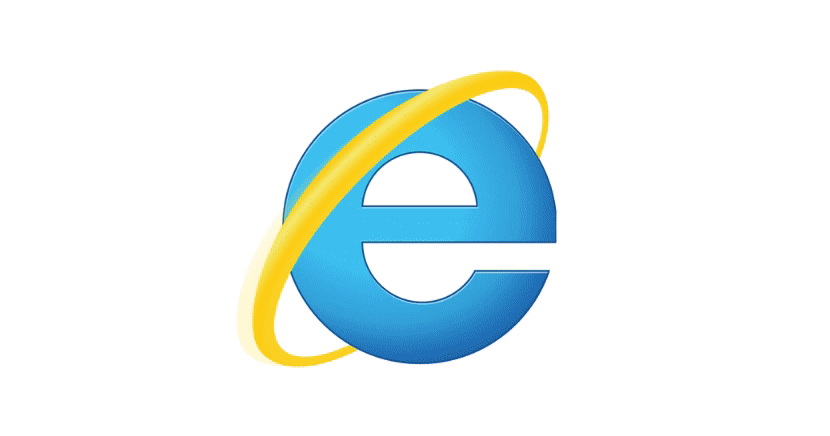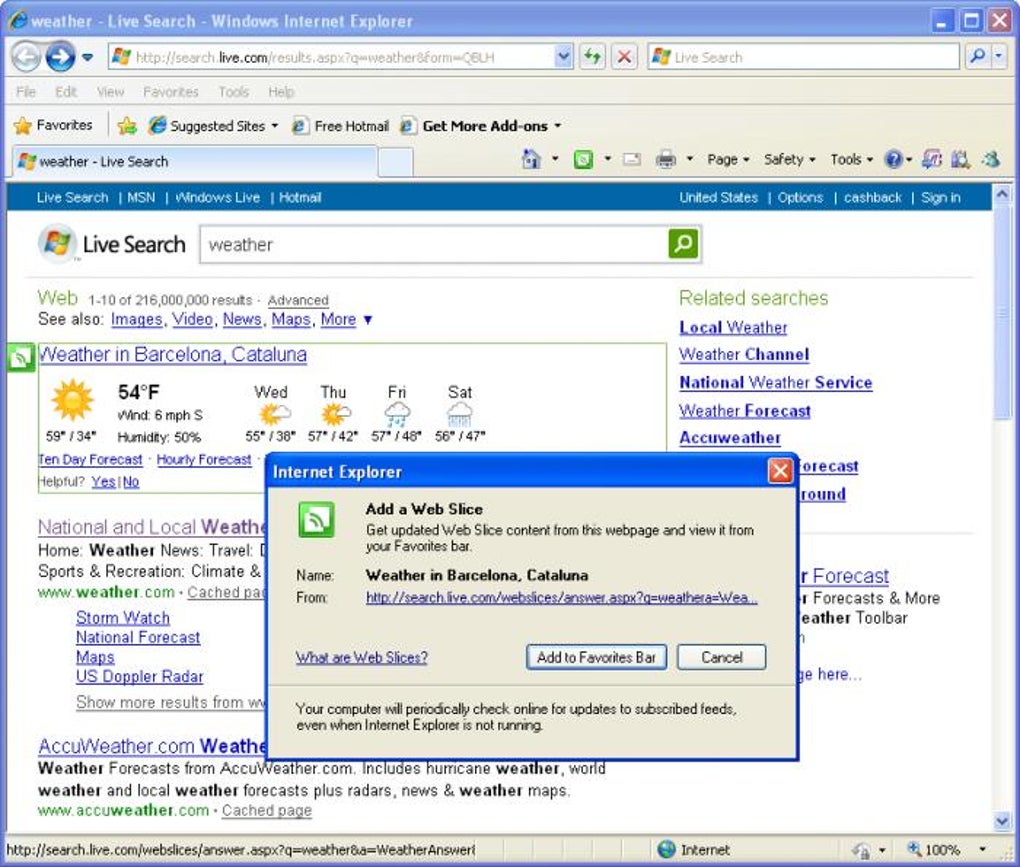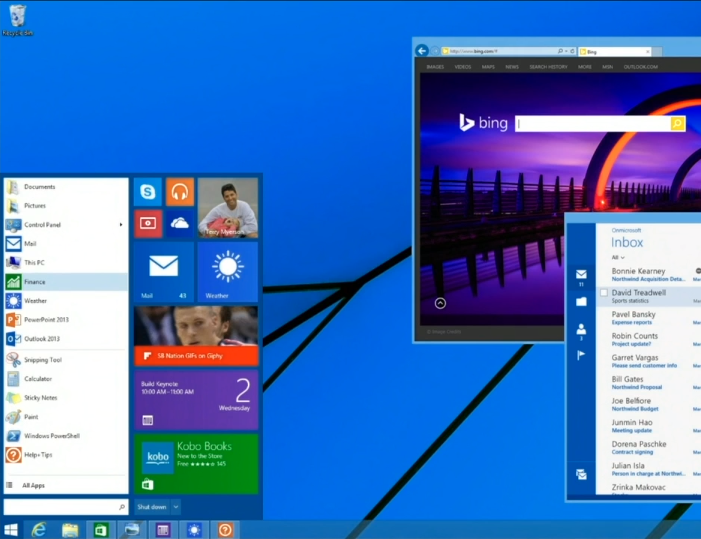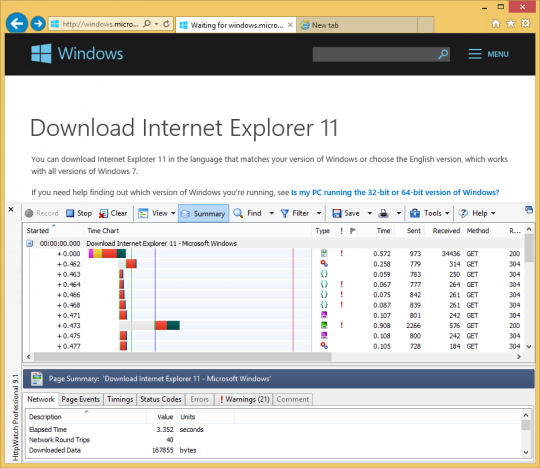

This doesn’t really make sense because, if you want to use IE just every now and then, you can’t configure which version the start screen tile starts. Second, this option is unavailable if IE is not the default browser. First, you can’t work exclusively with the app and disable the desktop IE altogether. If this checkbox is selected, clicking the start screen’s IE tile will open the browser on the desktop and not the IE app.

Always start desktop IEīelow the pull-down menu is a checkbox for the option Open Internet Explorer tiles on the desktop. Note that you can only change these settings if Internet Explorer is the default browser otherwise, Firefox, Chrome, or whatever web frontend you prefer will start. The options are Let Internet Explorer decide, Always in Internet Explorer, and Always in Internet Explorer on the desktop. There, you can configure what browser will start if you click a link in an application. On the Programs tab, you’ll find the pull-down menu Choose how you open links. If you only have to configure a couple of PCs or users, you can change the settings in the Control Panel’s Internet Options. The good news is that, if you prefer to only work with the desktop application, you can change the default Windows 8 settings in the Control Panel or through Group Policy.

Moreover, the IE app has only a very simplistic favorites interface. However, in many cases, users need additional extensions. The shortcoming of this “add-on–free experience” (as Microsoft calls it) is mitigated by the fact that the IE app comes with integrated Flash support. First of all, the app version of IE doesn’t support the plugins and ActiveX controls of the desktop version.

In addition to these preferences in taste, valid reasons exist to avoid using the browser in the modern interface. On a PC, with a mouse, the minimalistic app version might not be the best choice, and the full screen display with its bulky address bar at the bottom needs some getting used to. Limitations of the IE 10 / IE 11 app ^Įven though this behavior follows a certain logic, you don’t have to live with these settings. Likewise, if you click a link in a desktop application such as Word, Windows will start the conventional IE edition, whereas hyperlinks in a modern app (the mail app, for instance) open the web page in the app version of Internet Explorer 10.


 0 kommentar(er)
0 kommentar(er)
